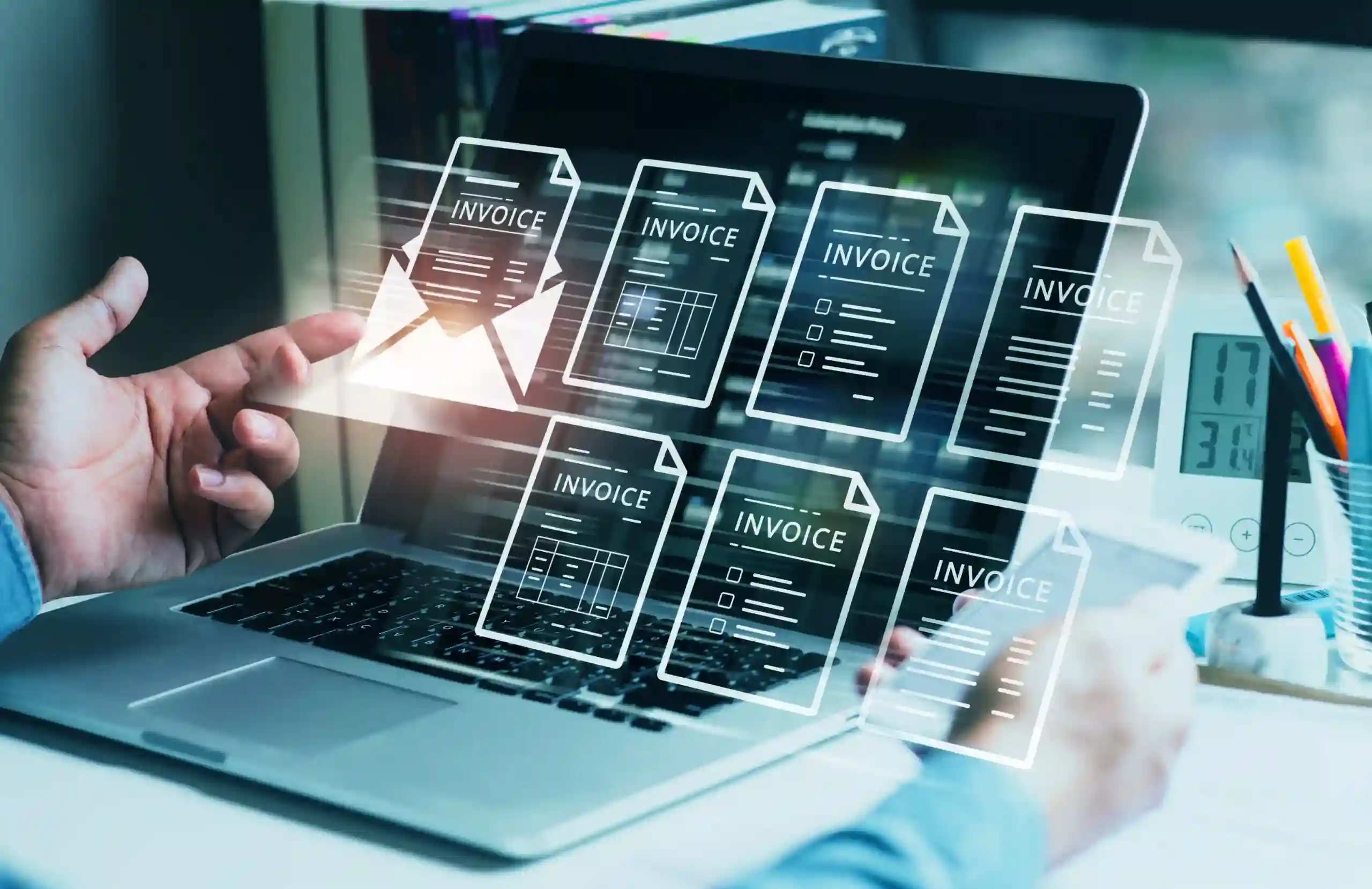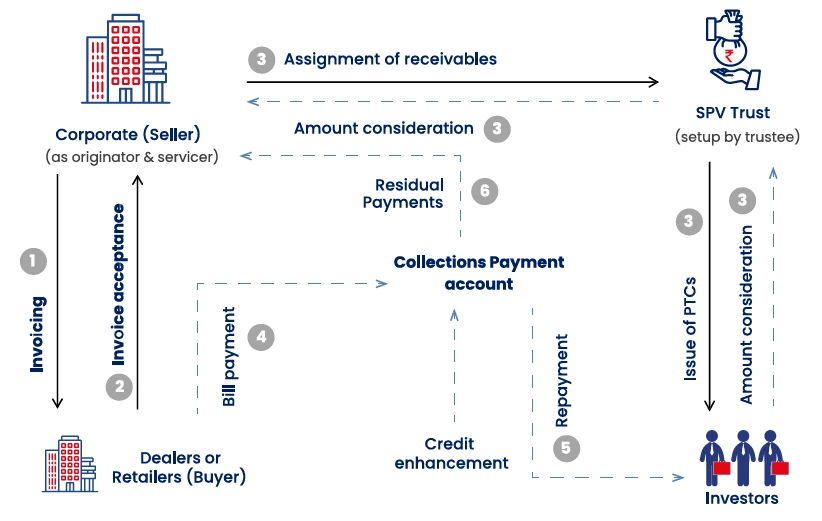CFO Mindset and Strategies
The Role of B2B Payments Automation in Simplifying Vendor Payments

Would you hire a Formula One driver to deliver pizza? The question sounds absurd, yet most organizations are doing exactly this with their finance teams. They’re taking MBA graduates with sharp analytical minds and experienced professionals who understand complex financial instruments, then asking them to manually process utility bill payments and chase down vendor payment approvals.
The Strategic Liberation Framework for B2B Payments Automation
Smart leaders are discovering that vendor payment automation delivers value across four critical dimensions that directly impact competitive positioning.
1. Cognitive Resource Reallocation
According to McKinsey, employees typically spend 60–70% of their time on non-revenue-generating activities. On implementing B2B-payment automation, this ratio is immediately reversed: senior professionals are thus freed up to do strategic analysis which actually adds value to the business.
Just imagine your finance manager not spending Tuesday mornings paying utility bills at various locations. That cognitive space can now be filled with budget variance analysis for the quarter, supplier cost optimization projects, or cash flow forecasting for expansion. The talent you’re paying for starts working at full capacity.
2. Strategic Data Intelligence Generation
Manual vendor payments create data blind spots that limit strategic decision-making. Automated B2B Payment solutions generate rich intelligence streams that reveal patterns invisible in traditional workflows.But the real value comes from the strategic insights these solutions generate – information that enables better supplier negotiations, improved working capital management, and more precise financial planning.
3. Vendor Relationship Transformation
Automation of B2B Payments fundamentally changes how organizations interact with their supplier ecosystem. Manual B2B payments typically position finance as a transactional function – the department that pays bills. Automation elevates finance to strategic partnership status.
When routine vendor payments flow automatically, finance professionals can focus on relationship optimization within the organization as well as external partners / vendors. They can analyze supplier performance data, identify collaboration opportunities, negotiate better payment terms, and develop strategic partnerships that create competitive advantages.
Also Read:
4. Risk Mitigation and Compliance Enhancement
Manual payment processes introduce multiple risk vectors: human error, fraud vulnerability, compliance gaps, and audit trail complications. Automated B2B Payments addresses these systematically while creating stronger control environments.
Modern payment platforms like Vayana BillsToPay have made strategic automation accessible for organizations across industries, addressing specific business pain points with targeted solutions.
Bharat Connect serves as India’s unified bill payment ecosystem, managing over 22,000 billers across 25+ categories including utility bill payments, telecom, insurance, and various B2B payment obligations. The platform’s interoperability allows organizations to manage diverse payment requirements through a single interface, eliminating the cognitive switching costs that plague manual processes.
Complimenting this, Vayana BillsToPay takes a different approach to recurring business payments. It fetches bills automatically from various sources, digitizes them into a unified format, and enables streamlined payment processing. This three-step solution with Fetch, Digitize, Pay; eliminates the manual work that typically bogs down finance teams managing utility bills, telecom expenses, and vendor payments.
Both platforms demonstrate how comprehensive automation can handle routine transactions while providing finance teams the visibility and control needed for strategic decision-making.
Implementation ROI: Beyond Cost Savings
Traditional ROI calculations for payment automation focus on obvious metrics: reduced processing costs, fewer errors, faster payment cycles. These benefits are real but they miss the strategic value creation that justifies automation investment.
Harvard Business Review’s analysis shows that companies implementing comprehensive automation strategies achieve 14% higher profit margins within three years. This improvement comes primarily from better strategic decision-making enabled by talent reallocation, not operational cost reduction.
Automated B2B Payments provide real-time visibility into cash flow patterns, supplier performance, and expense trends that manual processes obscure.
- Procurement Function can identify vendor performance patterns that inform sourcing decisions.
- Operations can correlate utility bill payments with production cycles to optimize facility management.
Also Read:
The Decision Framework for Leaders
Every business leader faces this fundamental choice: continue allocating precious cognitive resources to routine payment processing, or invest in automation that liberates those resources for strategic value creation.
The framework is straightforward. Calculate how much time your finance team currently spends on routine vendor payments and utility bill payments. Multiply that by their fully loaded cost per hour. Then consider what strategic initiatives aren’t happening because of bandwidth constraints.
The organizations that choose automation will have better supplier relationships, more accurate financial forecasting, and finance teams capable of driving growth rather than processing transactions. They’ll be positioned to capitalize on whatever business challenges and opportunities emerge.
Most importantly, they’ll stop using Formula One drivers to deliver pizza and start deploying their talent where it creates genuine competitive advantage. The infrastructure exists, the platforms are proven, and the competitive advantages are clear. The only question remaining is whether leaders are ready to make the strategic choice that transforms their finance function from cost center to competitive advantage.







